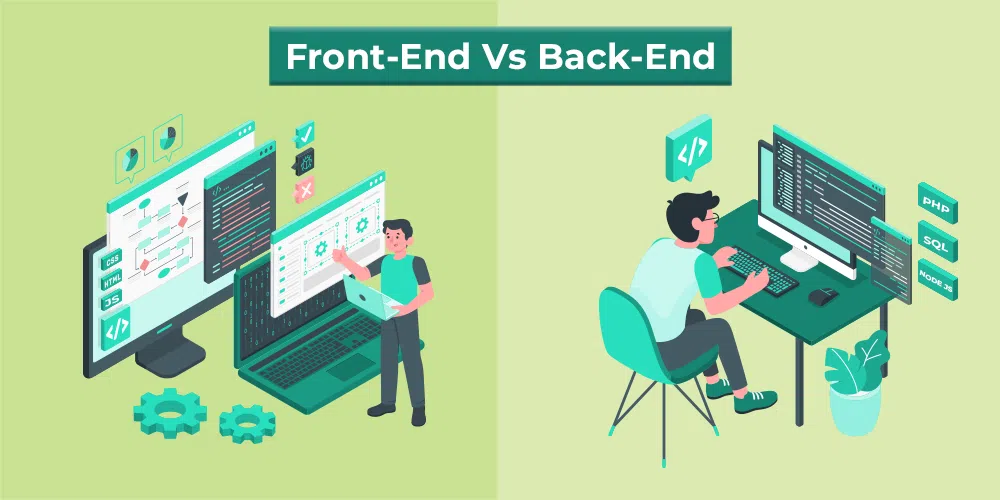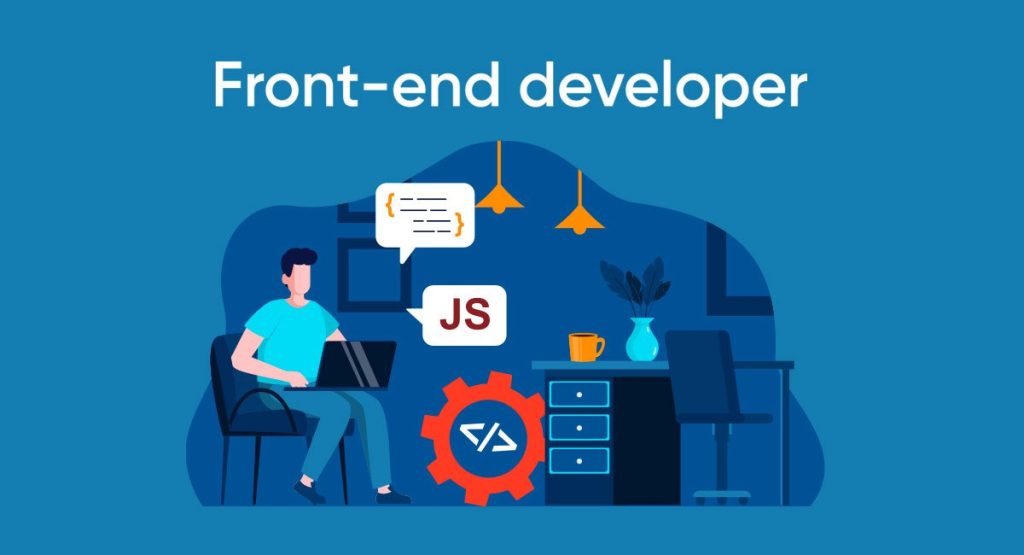Introduction
In today's digital age, Full Stack Web Development has become a crucial skill for creating dynamic and interactive websites and applications. Whether you're a beginner or an experienced developer, this guide will provide you with a comprehensive overview of the field.
Table of Contents
- What is Full Stack Web Development?
- Front-End Development
- Back-End Development
- Databases
- Frameworks and Libraries
- Version Control
- Deployment and Hosting
- Security
- Resources and Learning Path
What is Full Stack Web Development?
 Full Stack Web Development involves working on both the front-end (client-side) and the back-end (server-side) of a web application. A full-stack developer is responsible for building the entire web application, from designing the user interface to managing the server and database.
Full Stack Web Development involves working on both the front-end (client-side) and the back-end (server-side) of a web application. A full-stack developer is responsible for building the entire web application, from designing the user interface to managing the server and database.
Front-End Development
 Front-end development focuses on creating the user interface and user experience. Key technologies and languages in front-end development include:
Front-end development focuses on creating the user interface and user experience. Key technologies and languages in front-end development include:
- HTML
- CSS
- JavaScript
- Front-end Frameworks like React, Angular, or Vue.js
Building a Front-End
To create a responsive and interactive front-end, you need to understand HTML structure, CSS styling, and JavaScript for adding functionality.
<!DOCTYPE html>My Website Welcome to My Website
This is a sample webpage.
Back-End Development
 Back-end development focuses on server-side logic, database management, and handling requests from the front-end. Key technologies and languages in back-end development include:
Back-end development focuses on server-side logic, database management, and handling requests from the front-end. Key technologies and languages in back-end development include:
- Node.js
- Python (with frameworks like Django or Flask)
- Ruby on Rails
- PHP
- Database Management (SQL and NoSQL)
- Building a Back-End
To create a robust back-end, you'll need to understand server programming, routing, and working with databases.
//Copy code
const express = require('express');
const app = express();
app.get('/', (req, res) => {
res.send('Hello, World!');
});
app.listen(3000, () => {
console.log('Server is running on port 3000');
});Databases
Databases store and manage data. Common databases used in web development include:
- MySQL
- PostgreSQL
- MongoDB (NoSQL)
SQLite
Frameworks and Libraries
Frameworks and libraries streamline development. Some popular ones are:
- Express.js (Node.js framework)
- Ruby on Rails (Ruby framework)
- Django (Python framework)
- React (JavaScript library)
- jQuery (JavaScript library) ### Version Control
Version control systems like Git help developers track changes in code and collaborate effectively.
Git Logo
Deployment and Hosting To make your web application accessible to users, you'll need to deploy it on a server. Popular hosting providers include:
- Amazon Web Services (AWS)
- Heroku
- Netlify
- Vercel
- GitHub Pages
Security
Security is paramount in web development. Learn about common security threats and how to protect your applications.
Resources and Learning Path
- Online courses
- Books
- YouTube Channels
Conclusion
Full Stack Web Development is an exciting and versatile field that allows you to create powerful web applications. By mastering both front-end and back-end technologies, you can build a wide range of projects and contribute to the digital world.
For more in-depth tutorials and resources, refer to the links provided in this guide.
Happy coding!

Leave a Reply